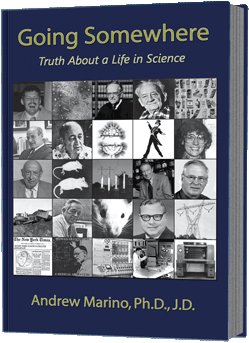Science and Law
“I follow the golden rule,” the expert witness said. “He who has the gold makes the rules.” This witness in the 1970s New York powerline hearing was simply admitting his subservience, as a scientist testifying for the power companies, to those who paid for his experiments. In public testimony he would say what his sponsors wanted, which was that electromagnetic fields (EMFs) were not capable of harming humans. Since then, in the many court cases involving health risks of EMFs, a rogue’s gallery of witnesses for power companies and telecommunications companies have routinely (though tacitly) followed Morton Miller’s frank advice, resulting in a legal whitewash of this critical environmental issue. Unfortunately judges have been largely incapable of distinguishing good advice from bad, or independently produced scientific evidence from corporate assertions backed by impressive academic resumes. Also unfortunately, plaintiff lawyers have not known enough to challenge those assertions (that EMFs are safe). In his autobiography Going Somewhere, the biophysicist and lawyer Andrew Marino recounts the evolution of this legal stalemate over 40 years and concludes that only rigorous cross-examining of corporate witnesses can open up the courtroom to a meaningful debate over EMFs—and by extension any biological stressor or toxin. With the Supreme Court’s 1995 Daubert decision, overturning the old “Frye Rule” which obviated serious exploration of witness credibility, the way was cleared to enact significant legal debates over science. As Marino insists, however, such debates must be actively pursued by lawyers willing to do the hard work of digging out answers to the central, generally unexamined, question that corporate expert witnesses have been trained to avoid: How do you know what you say you know?


